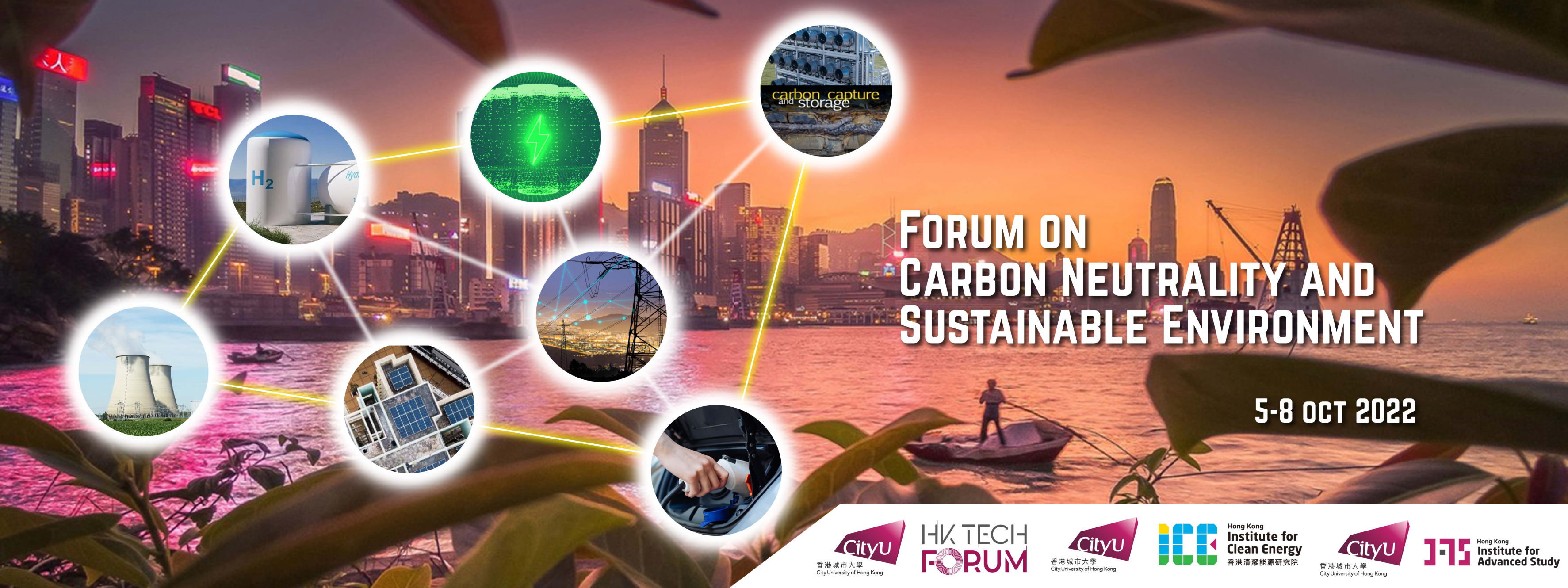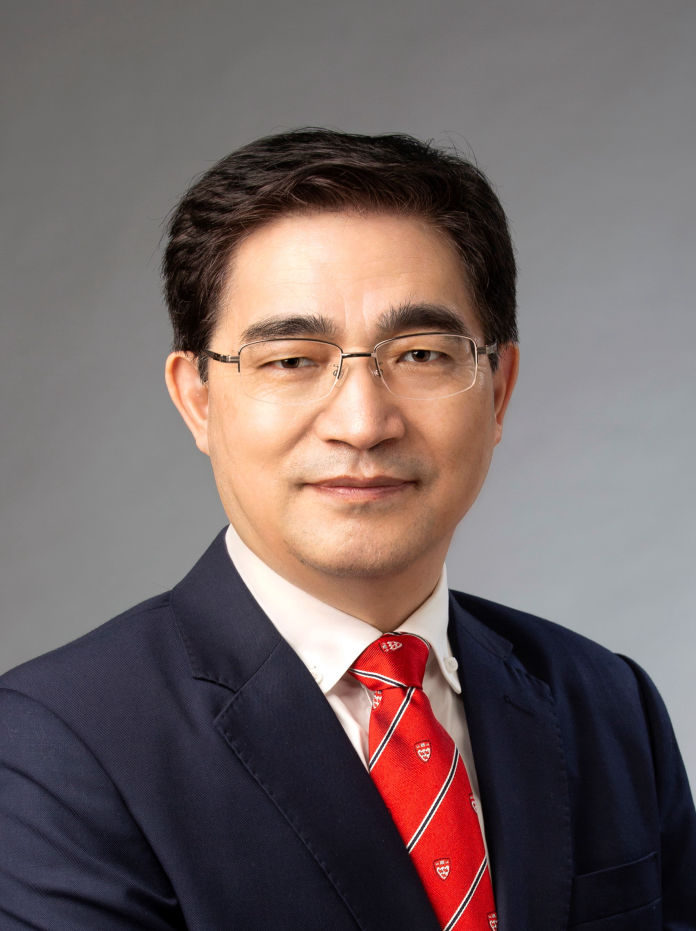Invited Speaker
Biography
Professor Guohua Chen received his Bachelor of Engineering degree in Chemical Engineering from Dalian University of Technology (DUT) in China. He then obtained a Master of Engineering degree and Ph.D. degree from McGill University in Canada.
Professor Chen joined the Department of Chemical and Biomolecular Engineering of The Hong Kong University of Science and Technology (HKUST) as a Visiting Scholar in 1994, then as Assistant Professor in 1997, and rising through the academic ranks to Professor in 2008. Professor Chen also assumed the headship of the Department of Chemical and Biomolecular Engineering during 2012-2016.
Professor Chen has served in many professional societies and editorial boards of key international journals. Apart from serving as the Chairman, Chemical Discipline for the Hong Kong Institution of Engineers during 2009 and 2012, he was the President of the Asian Pacific Confederation of Chemical Engineering (2015-2017), is Editor-Chief (Environmental), Process Safety and Environmental Protection, Editor of Separation and Purification Technology, Associate Editor of the Chinese Journal of Chemical Engineering, Associate Editor of the Canadian Journal of Chemical engineering, and the editorial board member of Journal of Electrochemistry, Drying Technology-An International Journal, Environmental Technology Reviews, etc. He is an Adjunct Professor of DUT and Changjiang Scholar (Chair), Ministry of Education in China.
Professor Chen’s recent research interests include electrochemical technologies for energy and environmental applications. He has published over 300 journal papers with more than 32,500 Google citations and an H-index of 93. Professor Chen edited 3 books, and was granted three US patents and over ten China patents. In relation to his research achievements, Professor Chen received the Certificate of Excellence from the World Forum of Crystallization, Filtration and Drying in 2007, the inaugural Research Excellence Award from the School of Engineering of HKUST in 2011, the Merit Award for individual research from Faculty of Engineering, HKPolyU in 2019. He is a Fellow of Hong Kong Institute of Engineers, American Institute of Chemical Engineers, and Canadian Academy of Engineering.
Li-S Batteries: Challenges, Achievements and Opportunities
Hassan Raza1, Songyan Bai2, Junye Cheng3, Soumyadip Majumder1, He Zhu4, Qi Liu4, Guangping Zheng1, Xifei Li5,6, Guohua Chen1,7,*
1 Department of Mechanical Engineering, Research Institute for Smart Energy, The Hong Kong Polytechnic University, Hung Hom, Kowloon, Hong Kong, China
2 State Key Laboratory of Photocatalysis on Energy and Environment, College of Chemistry, Fuzhou University, Fuzhou, Fujian, 350108 China
3 Department of Materials Science, MSU-BIT University, Shenzhen, Guangdong Province 517182, P. R. China
4 Department of Physics, City University of Hong Kong, Tat Chee Avenue, Kowloon, Hong Kong, China
5 Xi'an Key Laboratory of New Energy Materials and Devices, Institute of Advanced Electrochemical Energy, School of Materials Science and Engineering, Xi'an University of Technology, Xi'an, Shaanxi 710048, China
6 Center for International Cooperation on Designer Low-carbon & Environmental Materials (CDLCEM), Zhengzhou University, Zhengzhou, Henan, 450001, China
7 School of Energy and Environment, City University of Hong Kong, Tat Chee Avenue, Kowloon, Hong Kong, China
Keywords: Electrolyte, Metal-organic frameworks, Polysulfide, Sulfur-carbon composite, Shuttle effect
Abstract
To realize a low-carbon economy and sustainable energy supply, the development of energy storage devices has aroused intensive attention. Lithium-sulfur (Li-S) batteries are regarded as one of the most promising next generation battery devices because of their remarkable theoretical energy density, cost-effectiveness, and environmental benignity. However, the practical application of Li-S batteries is hindered by such challenges as low sulfur utilization (<80%), fast capacity fade, short service life (<200 redox cycles), and severe self-discharge. The reasons behind the challenges are: i) low conductivity of the active materials, ii) large volume changes during redox cycling, iii) serious polysulfide shuttling and, iv) lithium-metal anode contamination/corrosion and dendrites formation. Significant achievements have been made to address these problems in the past decade. In this review, the recent advances in material synthesis and technology development are analyzed in terms of the electrochemical performances of different Li-S battery components. The critical analysis was conducted based on the merits and shortcomings of the reported work on the issues facing the individual component. A versatile 3D printing technique is also examined on its practicability for Li-S battery production. The insights on the rational structural design and reasonable parameters for the Li-S batteries are highlighted along with the “five 5s” concept from a practical point of view. The remaining challenges are outlined for researchers to devote more efforts on the understanding and commercialization of the device in terms of materials preparation, cell manufacturing, and characterization[1].
Reference
[1] Raza et al., “Li-S Batteries: Challenges, Achievements, and Opportunities”, Submitted to Electrochemical Energy Reviews, 2022.

